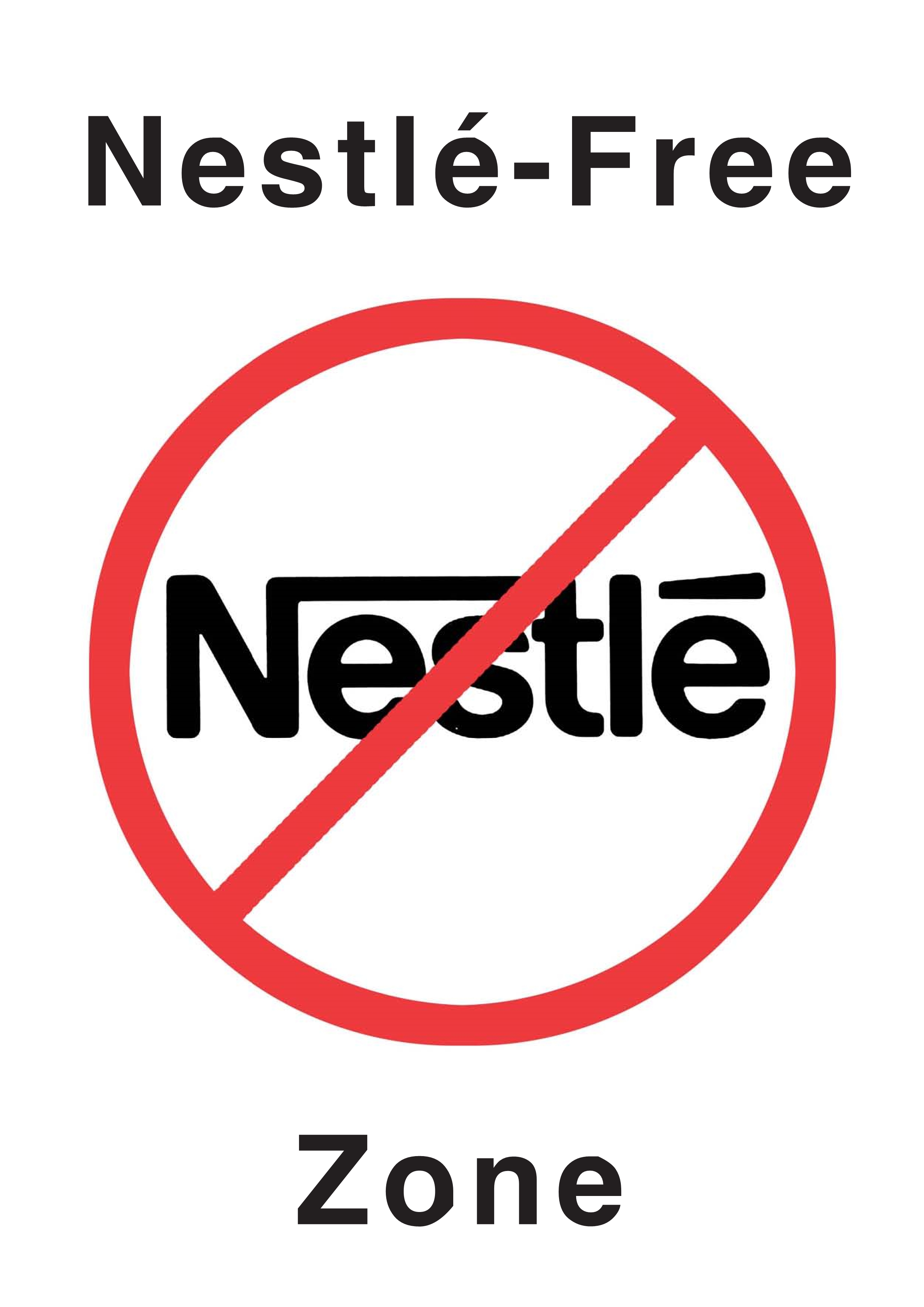Guideline on anaesthesia and sedation in breastfeeding women 2020
Guideline from the Association of Anaesthetists
J. Mitchell W. Jones E. Winkley S. M. Kinsella
This is a consensus document produced by members of a Working Party established by the Association of Anaesthetists of Great Britain and Ireland. It has been seen and approved by the Board of Directors of the Association of Anaesthetists. It has been endorsed by the Royal College of Midwives and the Royal College of Obstetricians and Gynaecologists, and supported by the Obstetric Anaesthetists’ Association and the Royal College of Anaesthetists.
Summary
Breastfeeding has many health benefits for the mother and infant. Women who are breastfeeding may require anaesthesia or sedation. Concerns regarding the passage of drugs into breast milk may lead to inconsistent advice from professionals. This can sometimes result in the interruption of feeding for 24 hours or longer after anaesthesia, or expressing and discarding (‘pumping and dumping’) breast milk; this may contribute to early cessation of breastfeeding. However, there are data regarding the transfer of most anaesthetic drugs into breast milk. We advise that breastfeeding is acceptable to continue after anaesthesia and should be supported as soon as the woman is alert and able to feed, without the need to discard breast milk. We provide evidence‐based information on the pharmacokinetics of drugs commonly used during anaesthesia so that professionals can undertake a risk‐benefit discussion with the woman. We advise the development of local policies that aid logistical planning and guide staff to facilitate breastfeeding during the woman’s hospital stay.
Az útmutató teljes szövege letölthető az Association of Anaesthetists oldaláról.
Mitchell J, Jones W, Winkley E, Kinsella SM. Guideline on anaesthesia and sedation in breastfeeding women 2020: Guideline from the Association of Anaesthetists. Anaesthesia. 2020 Nov;75(11):1482-1493.

